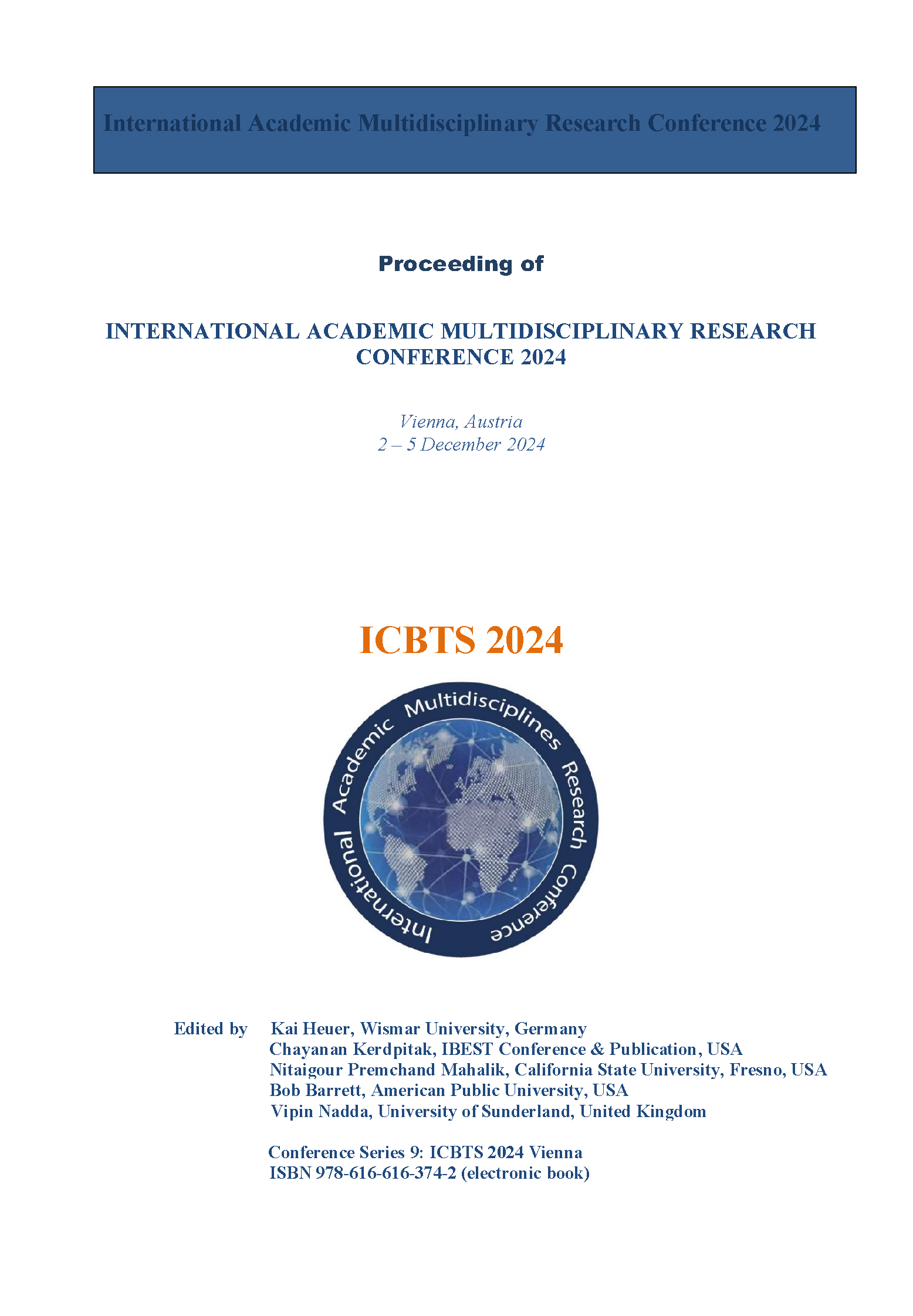A Study of Speech Acts in Apologies in Beginner-Level Japanese Textbooks
Abstract
Apologies play a crucial role in intercultural communication. Understanding the nuances and cultural expectations surrounding apologies in a target language is essential for effective communication. This study investigates the use of apologies in the beginner-level Japanese textbook, Minna no Nihongo. This research aims to provide insights into the teaching and learning of apologies in Japanese by analyzing the frequency and contexts of apology expressions in dialogues within the textbook. this research aims to provide insights into the teaching and learning of apologies in Japanese.
The findings reveal that the most frequently used apology expression is “sumimasen" accounting for 66.67% of all apologies. This indicates its versatility and widespread use in everyday situations, such as asking for directions, causing inconvenience, or expressing regret. Additionally, the study identified other apology expressions like "shitsurei shimasu" shitsurei itashimasu ", " gomen kudasai", and " doumo sumimasen deshita ". The order of presentation of these expressions in the textbook reflects a pedagogical approach that considers the learners' proficiency level and the complexity of the language.
In conclusion, this study highlights the significance of " sumimasen " as the most common apology expression of apology in Minna no Nihongo. The findings contribute to a better understanding of the teaching and learning of apologies in Japanese and offer insights for developing effective language teaching materials.


